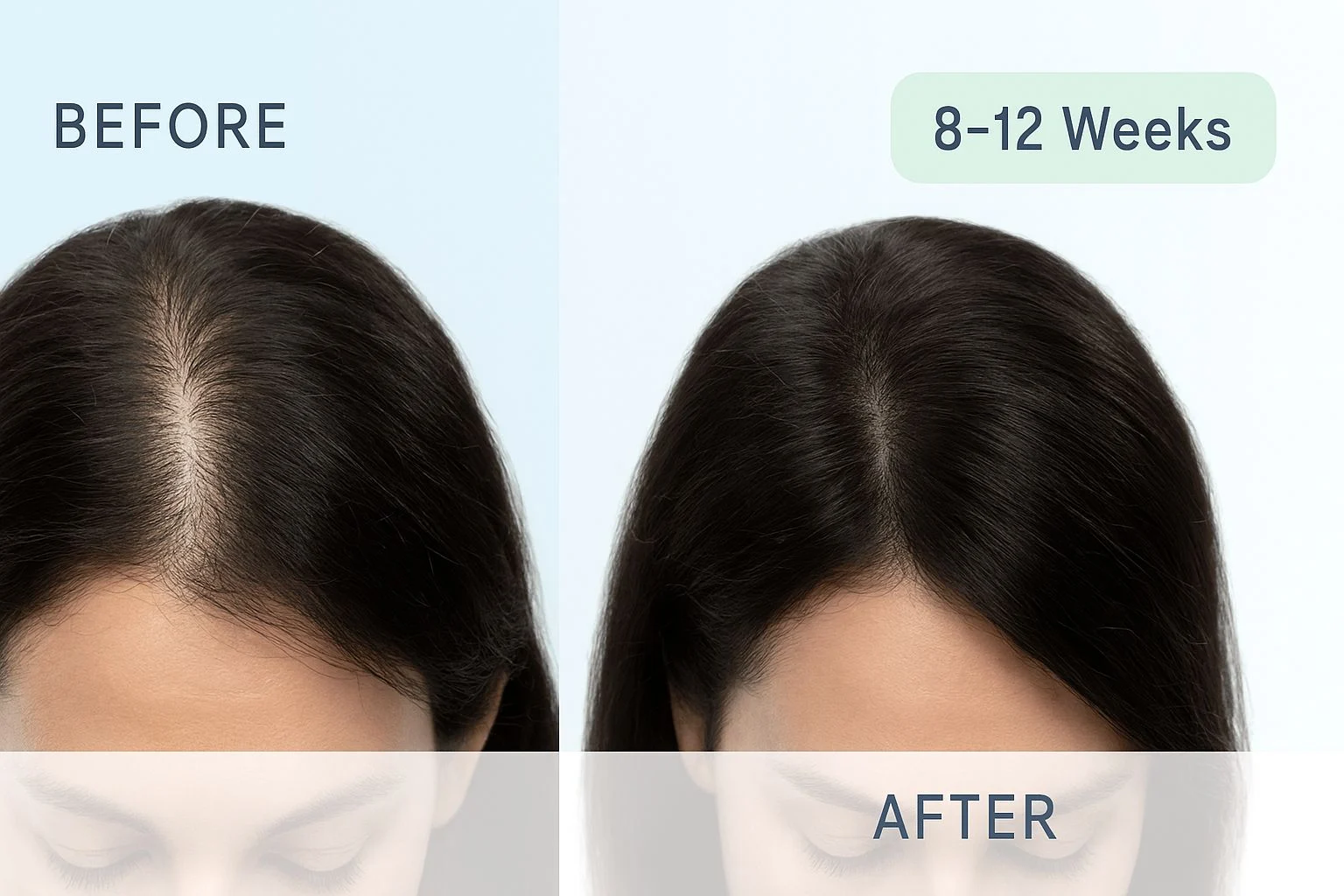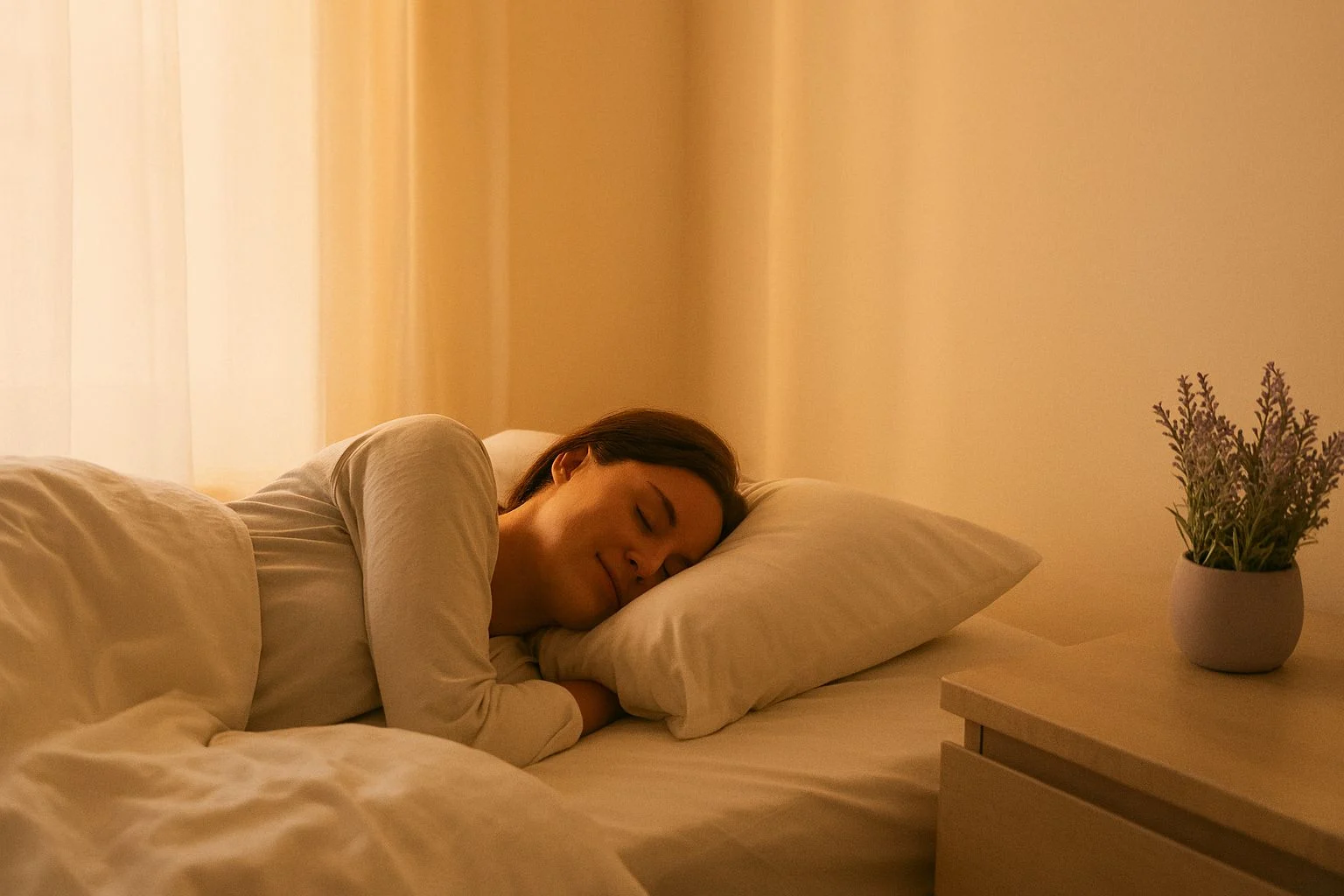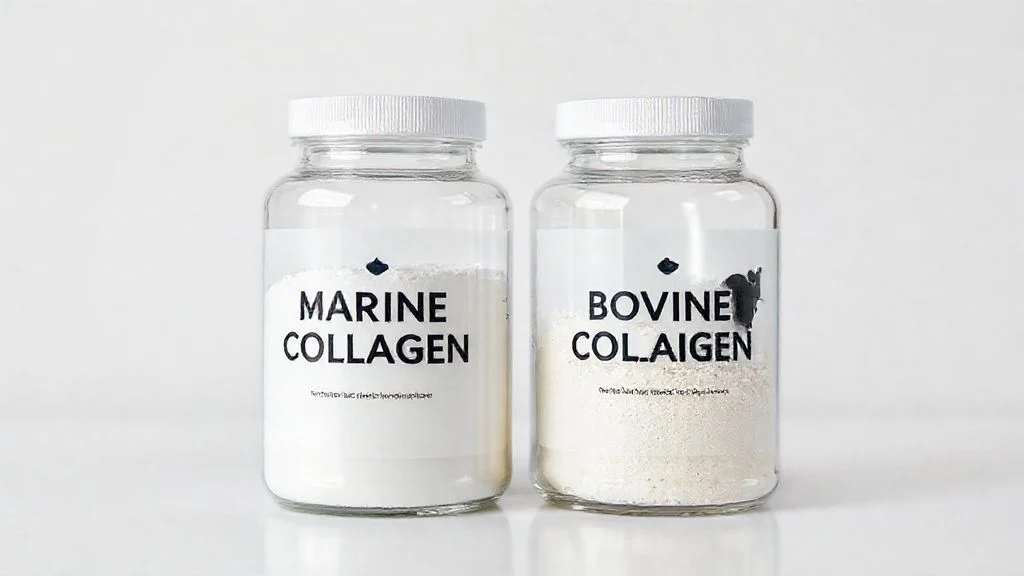Blog
- Home
- Blog
If you’ve noticed excessive hair shedding since starting Ozempic, Wegovy, or Mounjaro, you’re experiencing something incredibly common—and importantly, almost always...
Have you ever wondered why your hair feels lifeless despite using expensive shampoos? The answer might be hiding right on...
When Emily Emmins posted videos of herself stepping into an ice-cold tub, she expected reactions like “I could never” or...
Your heart pounds. Your shoulders clench. Your mind races through an endless loop of worries. You’re exhausted but wired, trapped...
Do you lie awake for hours, watching the clock tick past midnight while your mind races through tomorrow’s to-do list?...
Are you tired of starting your day feeling sluggish, only to battle joint pain and energy crashes by mid-morning? You’re...
Eight weeks ago, I walked into my first pilates reformer class feeling skeptical and intimidated. Today, I’m writing this with...
Standing in the supplement aisle, staring at dozens of collagen bottles—marine, bovine, hydrolyzed—feeling completely overwhelmed? You’re not alone. With collagen...
If you’ve ever brushed off a small toothache as “no big deal,” you might want to think again. Especially because...
Watching sunset can be inspiring, poetic, and romantic, but it’s also a great way (possibly the best) to induce vitamin...
The mind-muscle connection isn’t just a spiritual thing or a cliché catchy phrase—it’s one of the most underrated training tools...
In detaching the ancestral practice of yoga from its spiritual dimension, mindfulness was born. And that is the same relation...












